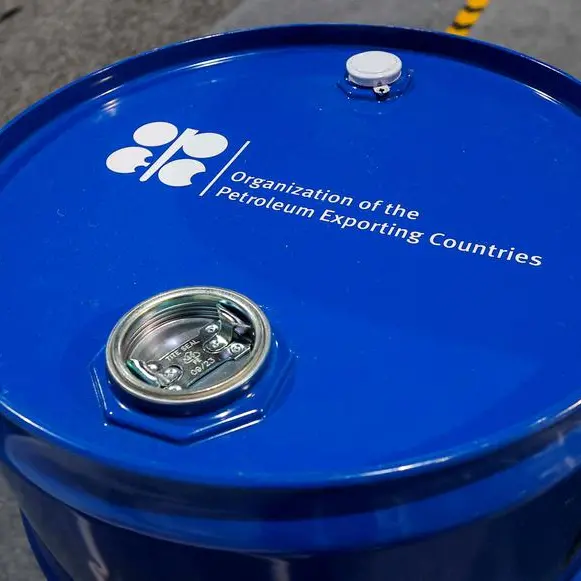PHOTO
(The opinions expressed here are those of the author, a market analyst for Reuters.)
NAPERVILLE, Illinois: Another month, another fresh set of numbers.
While the U.S. Department of Agriculture’s monthly supply and demand report on Thursday did not shake things up too much versus trade expectations, there were some adjustments – and lack thereof - that are certainly worth a closer look.
U.S. CORN EXPORTS USDA raised 2024-25 U.S. corn exports on Thursday, perhaps by a bit more than expected. The new 2.65 billion-bushel target would be the second-best on record.
But there is an argument for an even higher number. As of June 5, total U.S. corn sales for export in 2024-25 covered 98% of USDA’s forecast, which is about as good as it gets.
In the previous 18 years, there were eight instances where sales coverage by this date exceeded 95%. In seven of those eight years, final exports were higher than what USDA had estimated in June.
The record volume year of 2020-21 is the one outlier, which could raise concerns about additional increases for 2024-25 given how strong the expectations already are. But there is no evidence that this is necessarily a limiting factor.
U.S. WHEAT EXPORTS
Right before the 2025-26 U.S. wheat marketing year began on June 1, cumulative pre-season export sales had reached a 12-year high. But as of June 5, the 5.9 million-metric-ton total was only an eight-year high for the date.
The shift can be explained. Large, unshipped balances at the end of a marketing year sometimes get rolled over to the new one.
Still, the 2025-26 progress is impressive. Total sales now cover 26.3% of USDA’s freshly increased, full-year export forecast of 22.45 million tons. That portion is a 12-year high and compares with a five-year average of 21.9% by this same date.
Although U.S. wheat exports are expected to hit five-year highs, they may still lack on the world stage. The United States is seen accounting for 10.5% of global shipments in 2025-26, down slightly from the prior year and the third-lowest share in decades.
USDA VERSUS CONAB
Forecast discrepancies between USDA and its Brazilian counterpart Conab have been in focus over the past year or so, but those deviations took a new turn this month. Conab on Thursday increased its 2024-25 Brazilian soy crop estimate to 169.6 million tons from 168.3 million last month. For an unprecedented 13th consecutive month, USDA left its projection unchanged at 169 million.
That marks the first time in eight years that USDA’s estimate is lighter than Conab’s. However, the two numbers are very close, as are the two agencies’ figures for Brazil’s 2024-25 soybean ending stocks.
This means they may have found synchrony on both supply and demand assumptions, though the agencies may have to revisit pending the outcome of Brazil’s in-progress soy export program.
On the corn side, Conab increased its 2024-25 Brazilian harvest outlook while USDA’s was unchanged. USDA’s projection sits 1.4% above Conab’s, the smallest discrepancy in four years.
WORLD CORN STOCKS
Global corn stocks and stocks-to-use are still expected to hit respective 12- and 13-year lows in 2025-26, though the numbers tightened further on Thursday with a reduction in old-crop stocks.
The 2025-26 stocks-to-use figure of 18.7% is down from 19.7% a year earlier and 22.3% in 2023-24.
That is above the 12% to 15% levels seen between 2010 and 2013, a period of high grain prices and ongoing supply struggles. But it still suggests there is not a ton of play in the global corn numbers, and major exporters’ crops must meet expectations.
That includes a record U.S. crop target, and things are off to a decent start. That recently sent new-crop CBOT corn futures to six-month lows, and prices are at five-year lows for the date. A big test is coming on June 30. Not only will USDA reveal more information about current U.S. stockpiles, but volume expectations for the 2025-26 U.S. corn harvest could be completely reset if the acreage survey offers a surprise.
Such a surprise would not at all be … surprising. Corn acreage has landed outside the range of trade predictions in four of the past six Junes, meaning this month could conclude with some volatile trade.
Karen Braun is a market analyst for Reuters. Views expressed above are her own.
Enjoying this column? Check out Reuters Open Interest (ROI), your essential new source for global financial commentary. ROI delivers thought-provoking, data-driven analysis of everything from swap rates to soybeans. Markets are moving faster than ever. ROI can help you keep up. Follow ROI on LinkedIn and X.
(Writing by Karen Braun; Editing by Matthew Lewis)





















